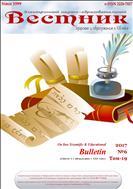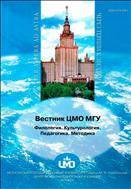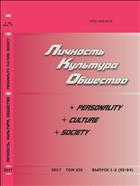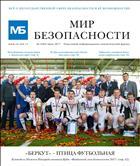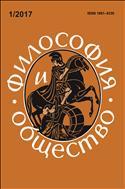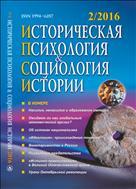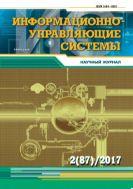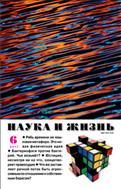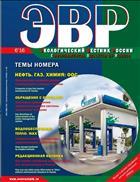Possible use of remote sensing for reforestation processes in Arctic zone of European RussiaPossible use of remote sensing for reforestation processes in Arctic zone of European Russia 
This article considers the possibility of using remote sensing to monitor reforestation as exemplified in the Severodvinsk and Onezhsk forestry districts of the Arkhangelsk region of Russia’s Arctic zone. Remote sensing makes use of medium spatial resolution satellite images and high resolution unmanned aerial vehicle (UAV) images. In the course of work on the project, a preliminary method was developed for reforesting land previously subjected to cutting, fire, or windfall. Steps include detecting a reduction in forest cover and collecting field data through the use of UAVs to create a training set, which is used to classify satellite images according to the two classes of ‘restored’ or ‘not restored’. Various data processing tools are used to perform these steps. The Tasseled Cap multi-channel satellite image transformation method is employed as a tool for detecting a reduction in forest cover and analysing reforestation. The k-nearest neighbour algorithm is employed to classify satellite images. This article provides a step-by-step algorithm for monitoring and an assessment is provided of the situation in relation to forest regeneration in the Severodvinsk and Onezhsk forestry districts. The work carried out has shown that it is possible to use UAV images to monitor forest recovery, which is of significant importance for the conditions of the Arctic zone of European Russia. |
|
09.12.2024Все новости Издательства повышают цены на книгиИздательства вынуждены повысить цены на книги из-за роста стоимости полиграфии |
ПОДПИСКА НА ЖУРНАЛЫ И ГАЗЕТЫ ON-LINE1
Мы используем cookie. Это позволяет нам анализировать взаимодействие посетителей с сайтом и делать его лучше. Продолжая пользоваться сайтом, вы соглашаетесь с использованием файлов cookie.
Подробнее можно ознакомиться на странице политики конфиденциальности и политики обработки персональных данных.
© 2005-2023 Агентство «Книга-Сервис»
107996 Москва
Протопоповский пер. 19, к.17
E-mail: public@akc.ru









